Established back in 2008, the Fotobookfestival Kassel was the first festival devoted to the photobook…
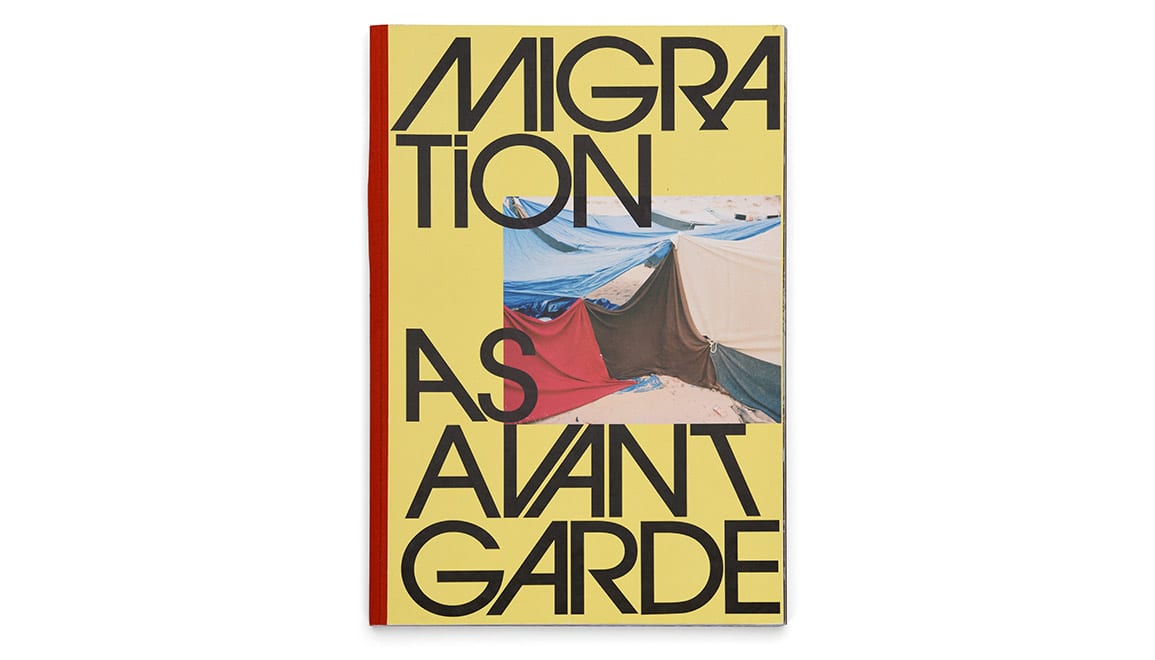

Established back in 2008, the Fotobookfestival Kassel was the first festival devoted to the photobook…

The 18-year-old Hamburg Triennial will be directed for the second time by Polish curator Krzysztof Candrowicz, who moved to Hamburg four years ago and set about transforming the it, bringing people and institutions together, and determined to make it more relevant to the viewing public. The 2015 edition was, he says, “The first holistic attempt to create the collaborative framework of the festival. Before, the museums were basically highlighting their own exhibitions, but there was no actual curatorial collective structure.” The determinedly political and environmentally-conscious theme this year was inspired by an amalgamation of many factors, he says, including spending a year “away from structured, mechanised and commercial reality”, travelling around Latin America, Nepal and India. “Breaking Point became, for me, a metaphor for rapid and sometimes unexpected transformation on a personal and global level.”
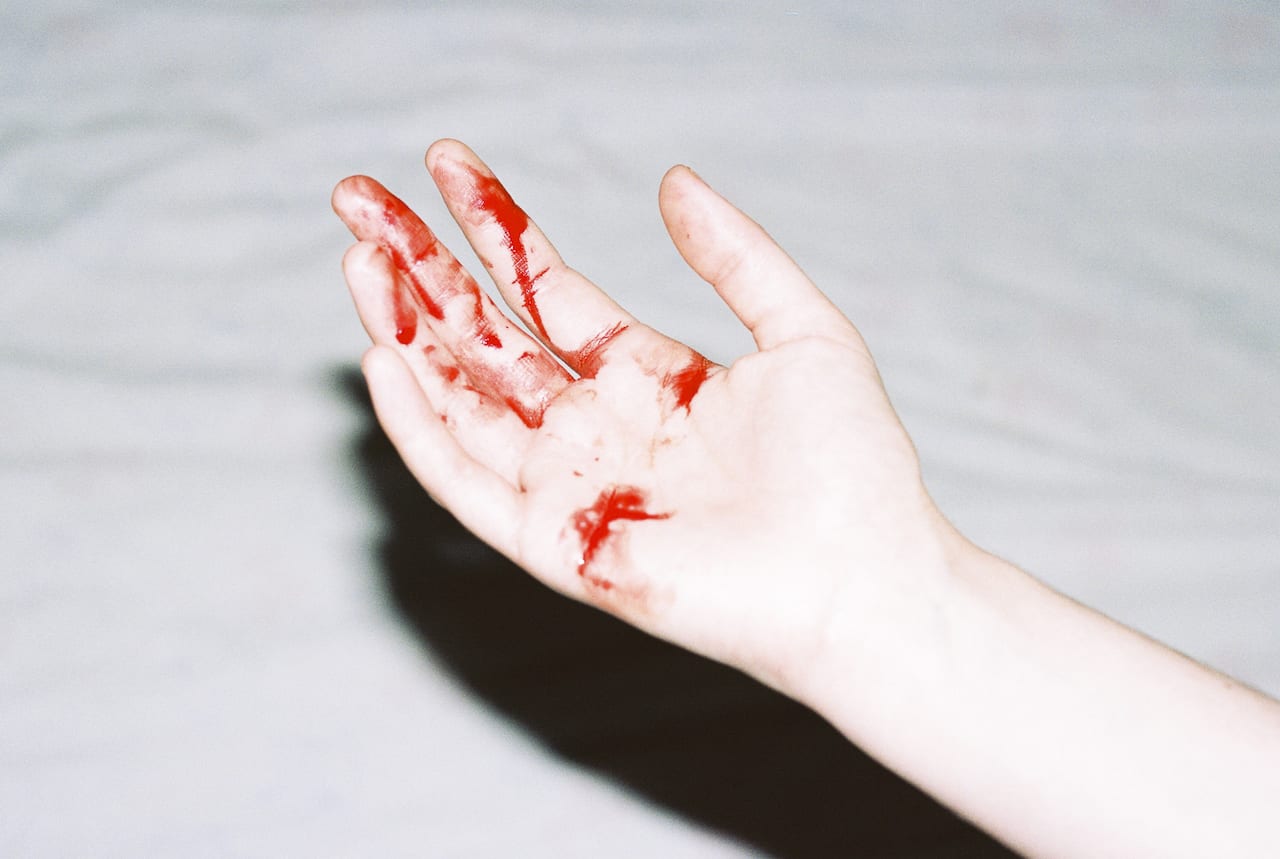
José David Valiente’s graphic flash-lit images render his native Spain in an uncanny light. Drawn to the peculiar and mysterious, his projects steer towards the oddities of everyday human behaviour. From documenting the surreal atmosphere and prized pigs of the Semana Porcina – an annual food-farming fair held in his hometown, Lorca – to capturing the dark energy of the underground punk scene, the 31-year-old’s offbeat vision sheds light on diverse aspects of Spanish society.
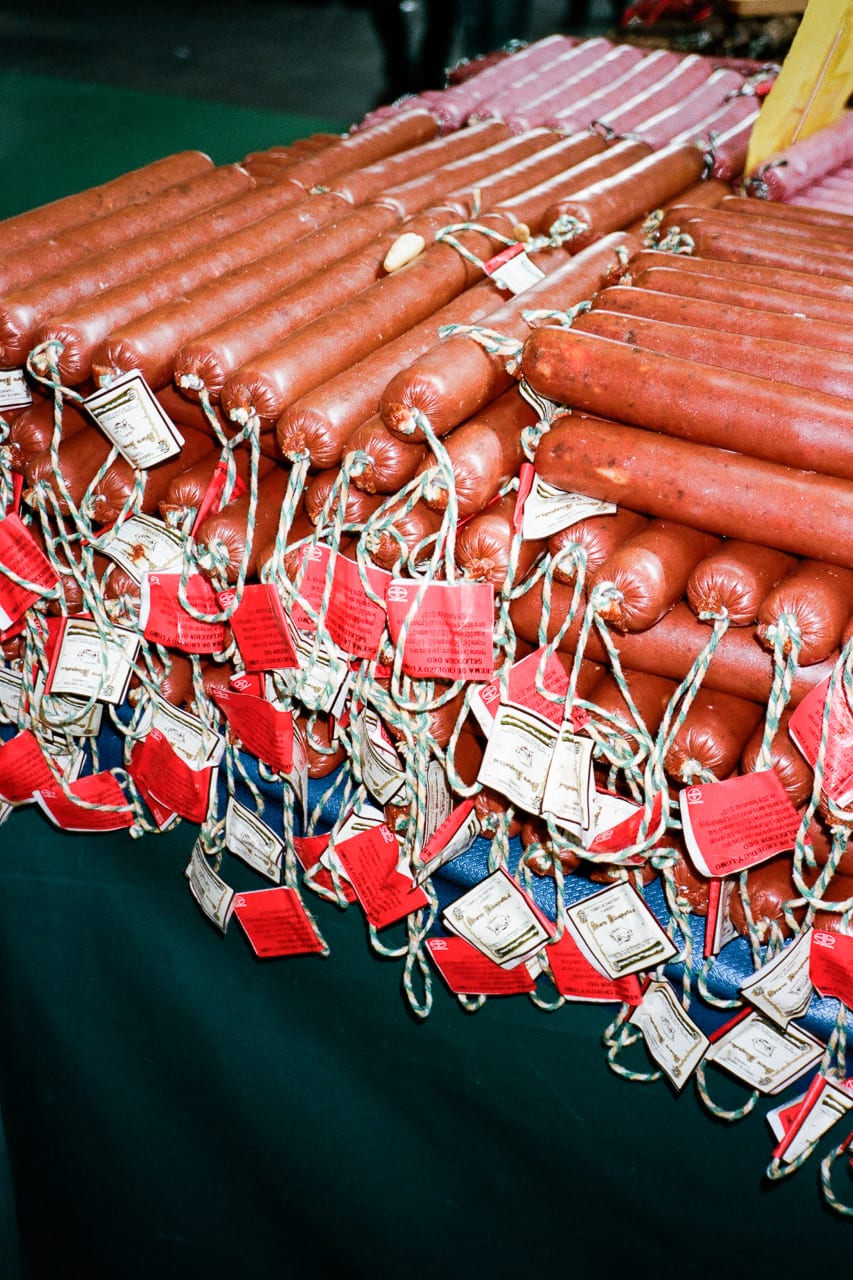
Emerging Spanish photographers JD Valiente and Sole Satana headed to Semana Porcina in Lorca, to shoot a project they called Fiambre, “dead body”, on the pork products and pigs that they found there
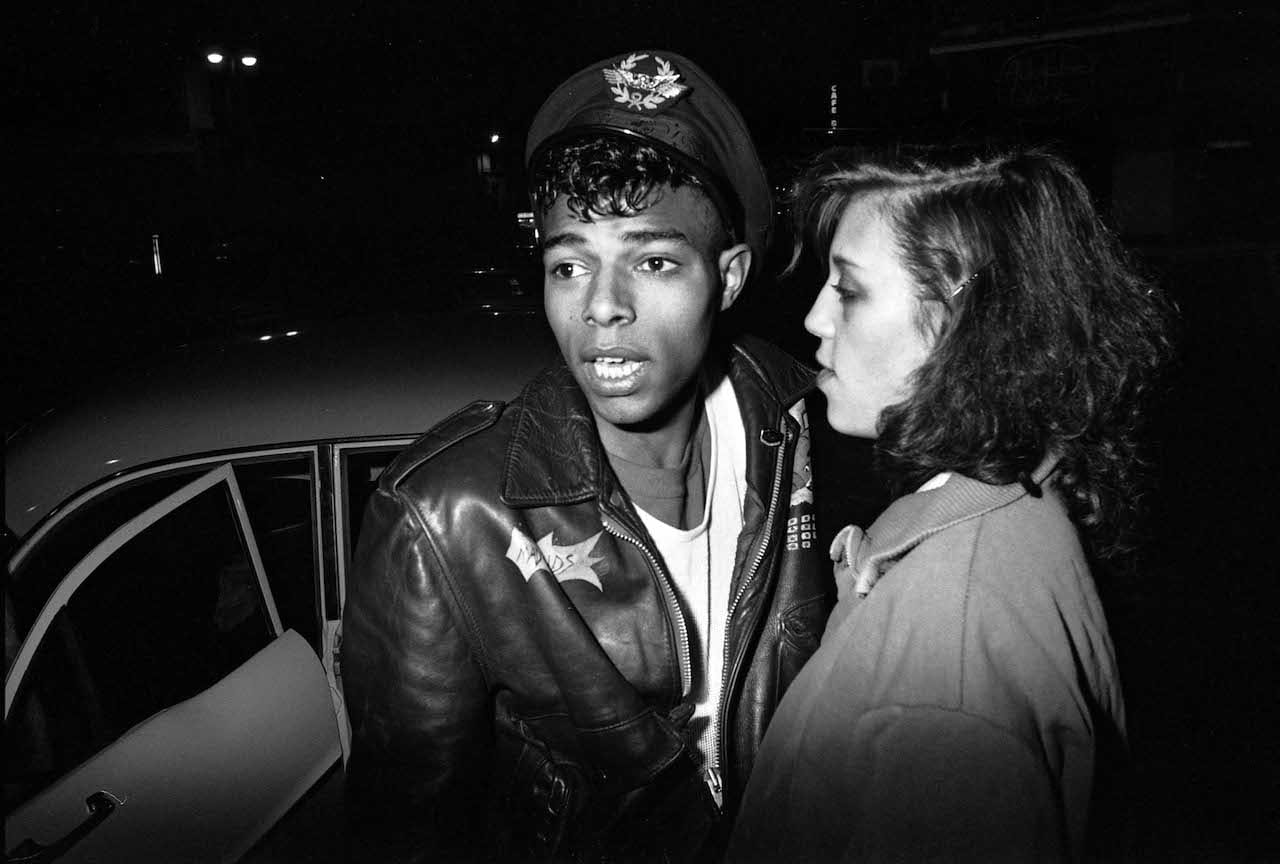
“They’re all driven by motivations that are both personal and political to a degree, and they are all self-initiated projects,” says curator Alona Pardo of the photographers in the show Another Kind of Life: Photography on the Margins. “Some may have started as commissions, but very early on took on a life of their own. It was interesting to think about the role of the photographer, because often the photographer hides behind the camera as a facade. There is also an interesting subtext of the photographer occupying the position of an outsider within mainstream society. They are there, assertively documenting the world.”
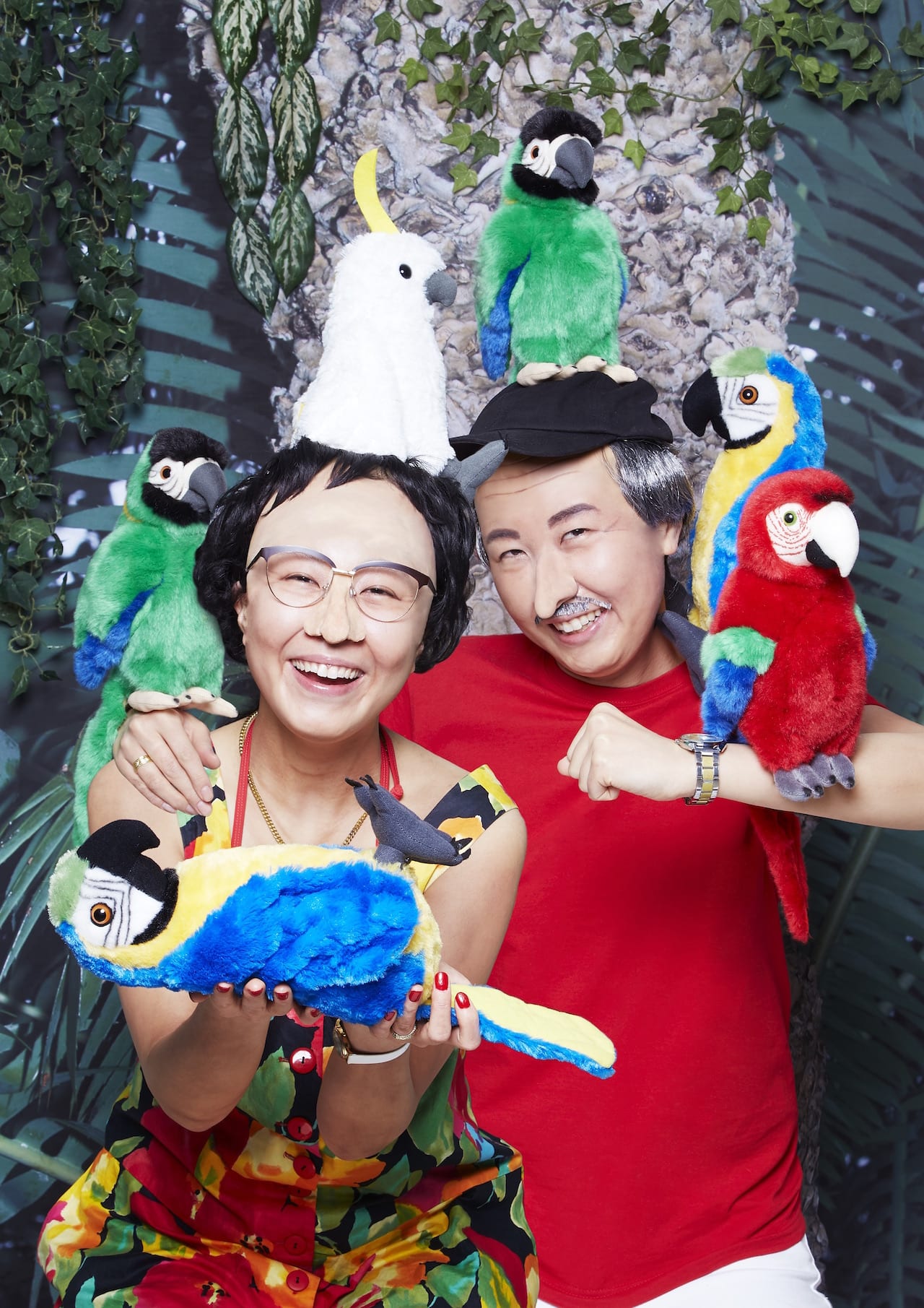
Roland Barthes’ tear-jerking account of his confrontation with his mother’s photograph captures the emotions that a picture of a loved one can evoke, and the significance of a family photograph. From early formal portraits of upper-class families shot in studios to contemporary snaps, images have welded families together under the premise of memory. But with private pictures now becoming more public, family photographs are evolving in the way we document our histories. Rie Yamada’s family photographs take it a step further: instead of documenting her nearest and dearest, in her series Familie werden (which translates as Become a family), the photographer plays every relative herself, highlighting gender stereotypes and social archetypes with a good dose of hilarity and absurdity.
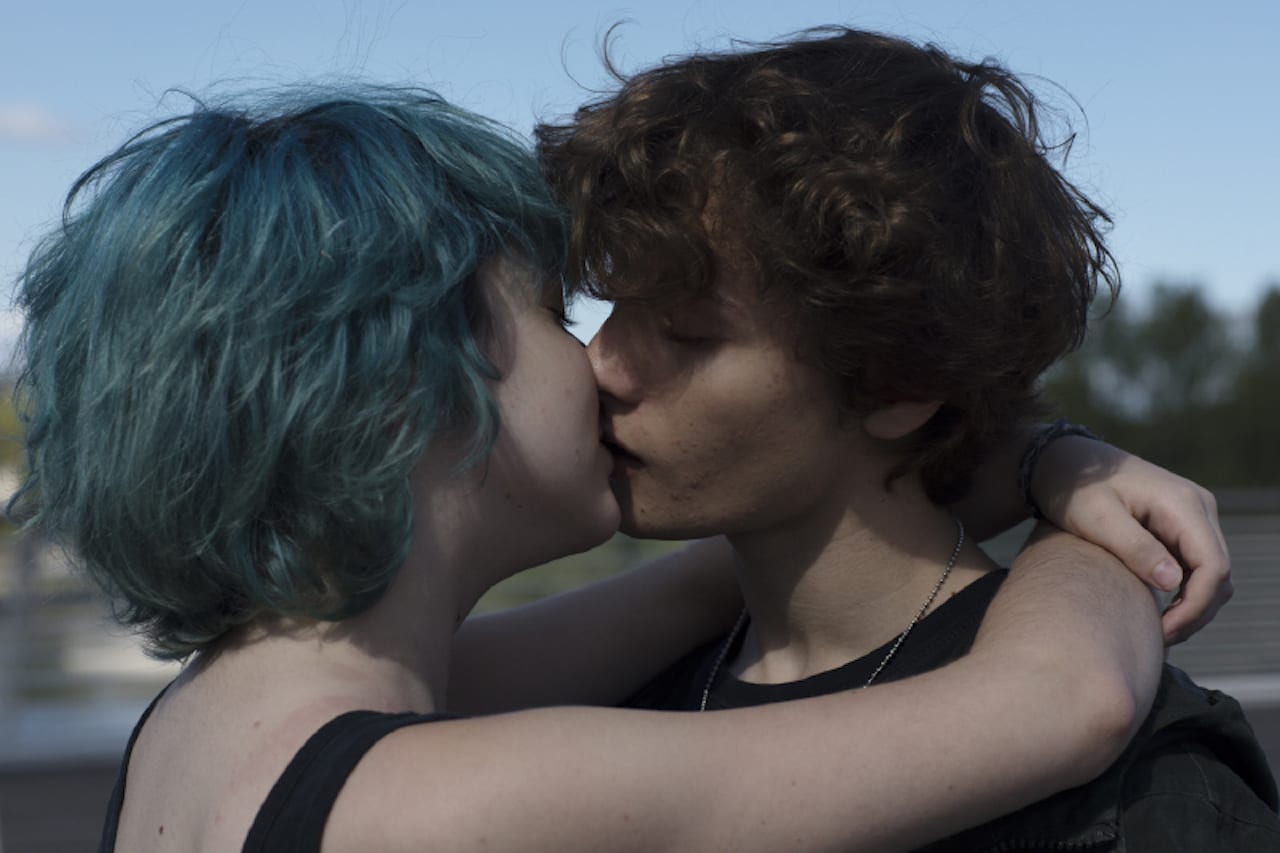
For Léonie Hampton, photography is a tool to connect with the present moment. “I use it to explore the experience of being in a place, and being in that moment in time,” she says. Most recently this approach inspired Mend, her project for the 2017 Rome Commission which will be on show at the Italian Cultural Institute as part of Photo London this week. “Rome is a great place to explore the idea of being in the present,” says Hampton, “because everywhere you go there are layers of time, visually and architecturally”.